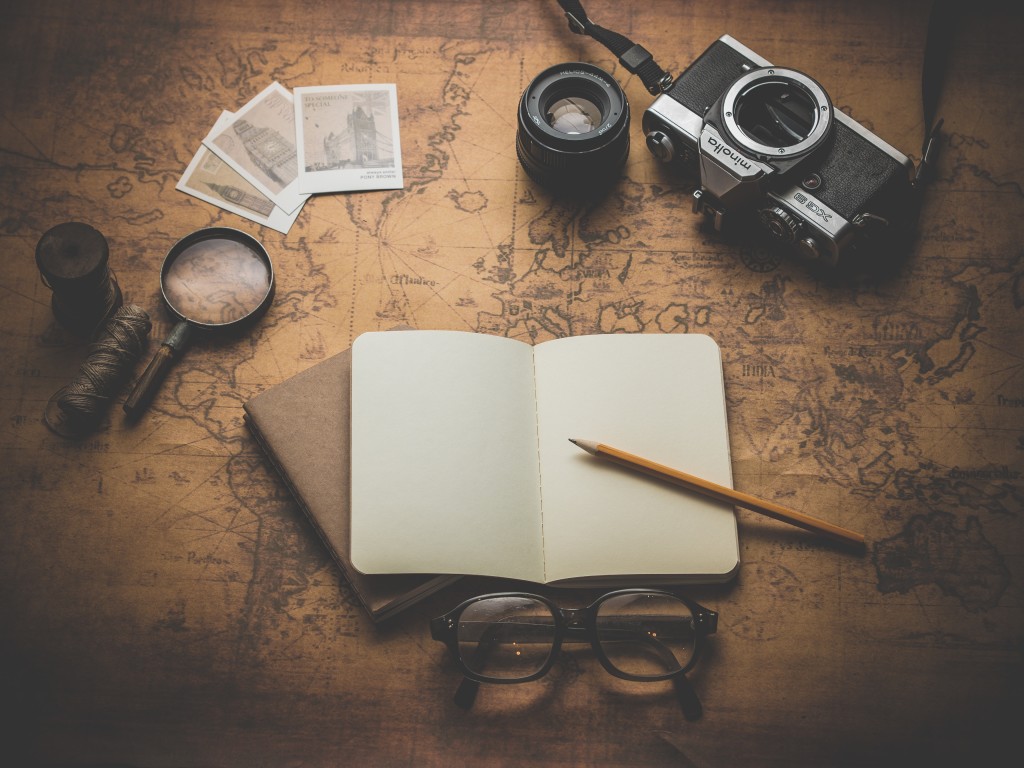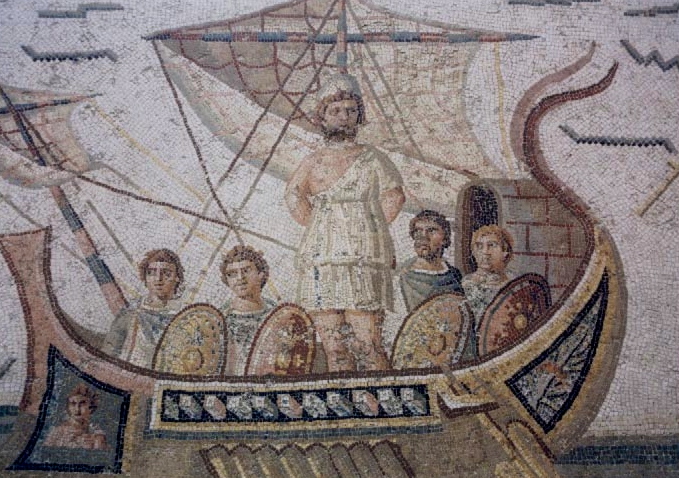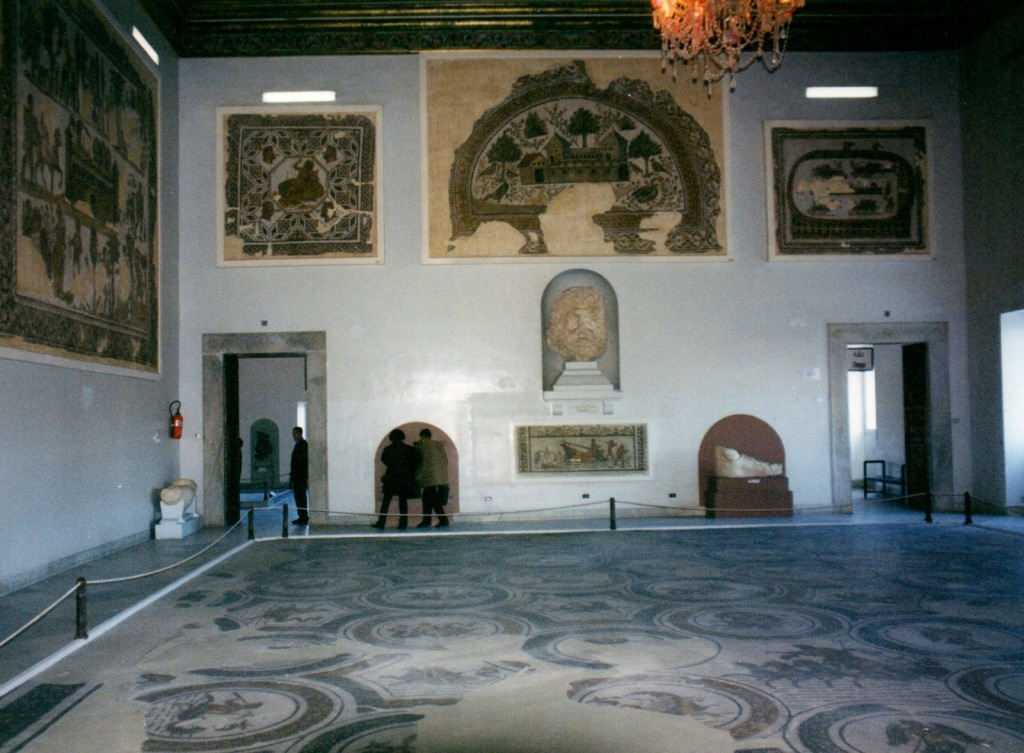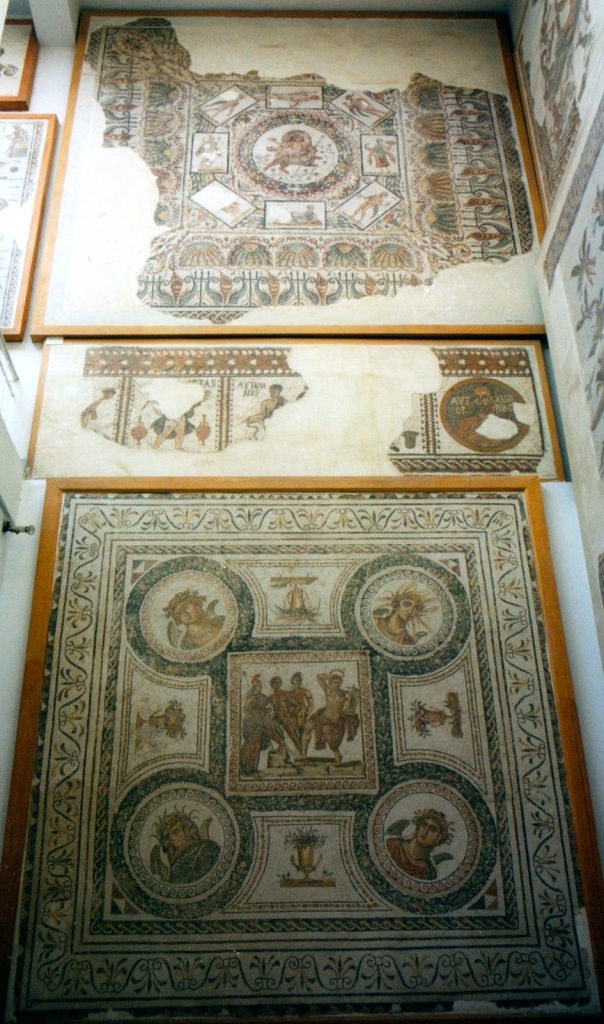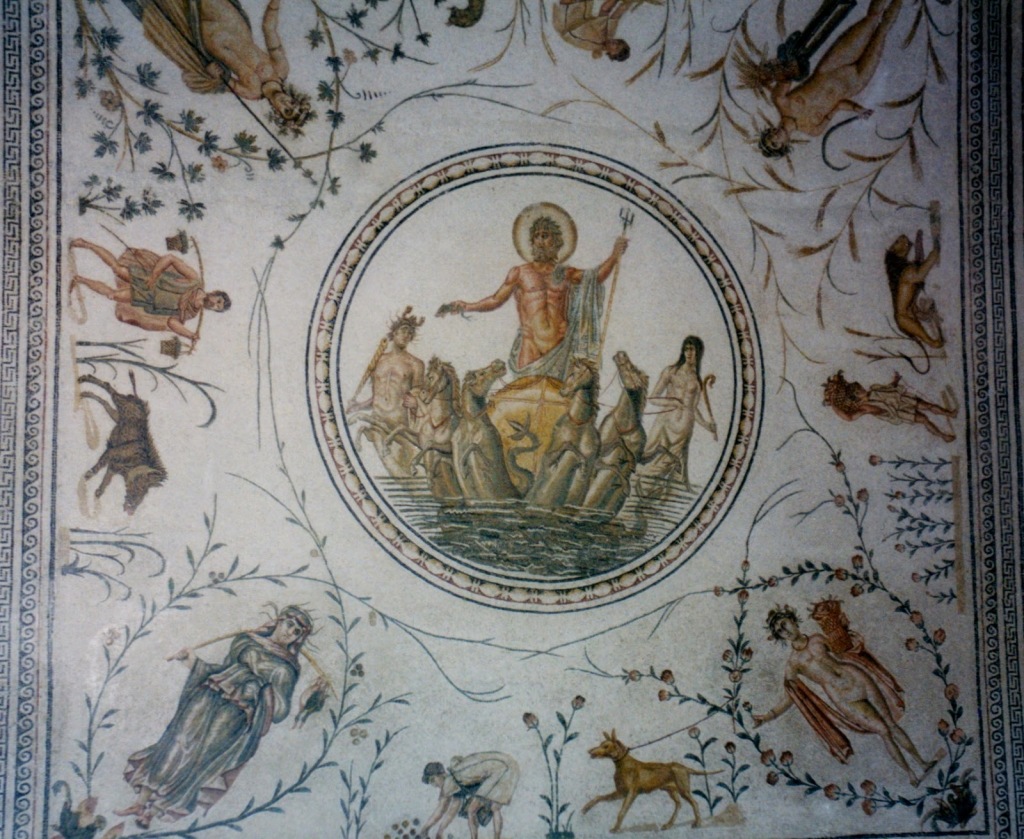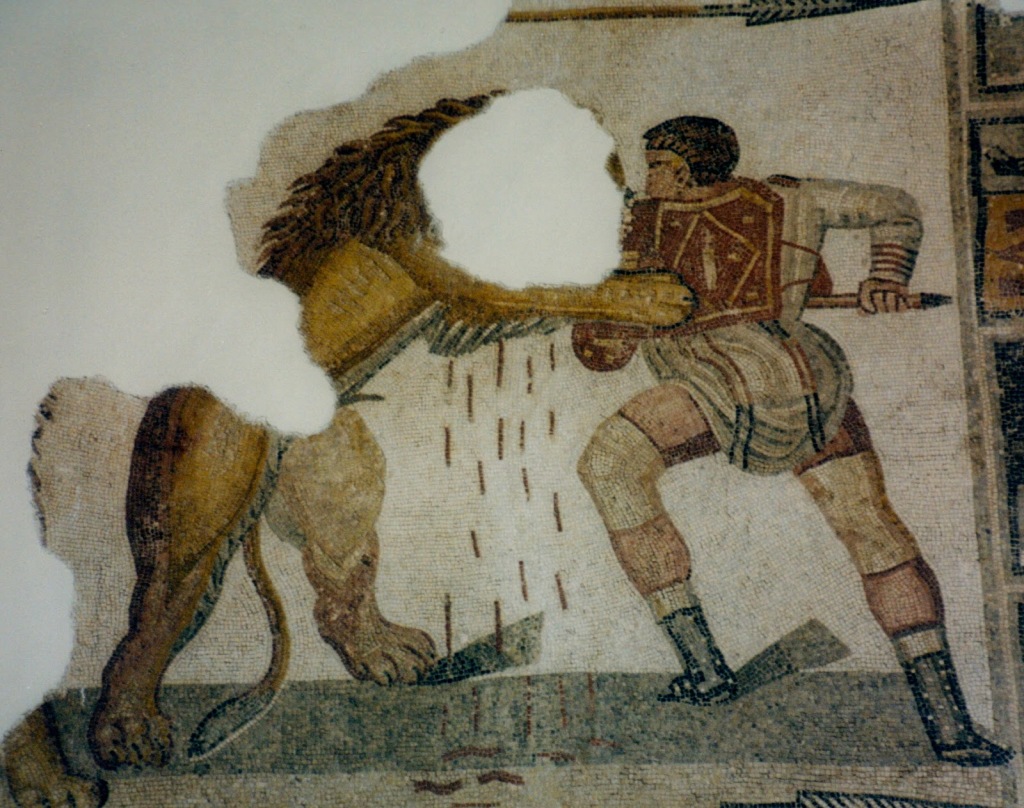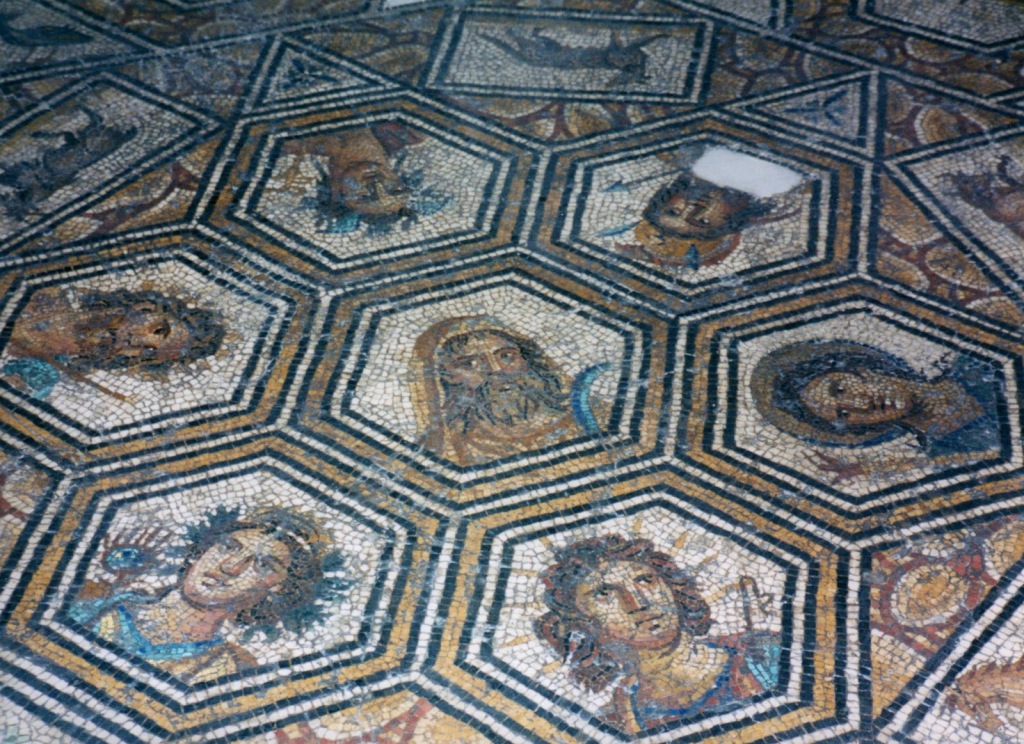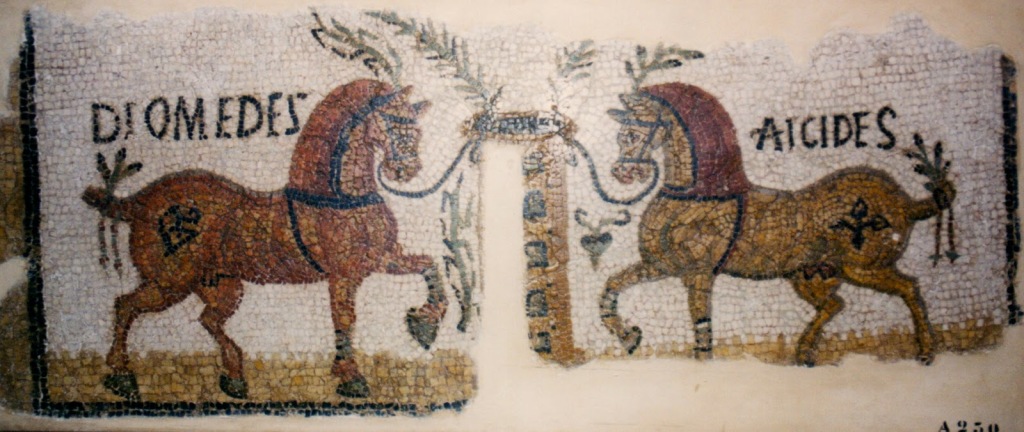I meet a lot of people on-line as an author, historian, and blogger. The great thing about it is that sometimes you get to meet people with whom you click right away, people who have the same interests, similar experiences, and the same hunger to learn more about the world, and about history.
Today, I’m pleased to post a guest blog by just such a person.
Caterina and I met on-line (was it Twitter?) when I was posting about Tunisia and the Roman sites there which are part of the setting for Children of Apollo, and Killing the Hydra.
When she told me that she used to live in Tunisia, as well as in Italy, I asked her if she could write a post about her experiences that I could share with all of you.
So, without further ado, over to Caterina to talk about what it was like to live abroad, and how that shaped her imagination, art, and interests as a young child.
Adam was kind enough to invite me to share how living abroad at a young age influenced my writing and shaped my life over the years. As a child, I lived in Tunisia for two and a half years. My family frequently traveled around the country. I also had the pleasure of visiting Algeria. My time in North Africa significantly shaped my academic and personal interests. Tunisia is the place where I fell in love with Antiquity, North African history, and Middle Eastern culture. I study all three in my academic pursuits.
One of the first places my parents took me in Tunisia was Carthage. The ruins, especially the large columns of carved stone, fascinated me. At the time, I wondered who exactly were these people living in stone houses? Seeing elaborate mosaics in the remains of the baths and villas, I concluded they all had to be amazing artists. Each new twist and turn through the site prompted more questions. What was life like for the Carthaginians and Romans? What would the children who once lived there say if I could speak to them? What games did they play? The adults seemed so focused on banqueting and bathing, which were totally boring subjects to a young child.
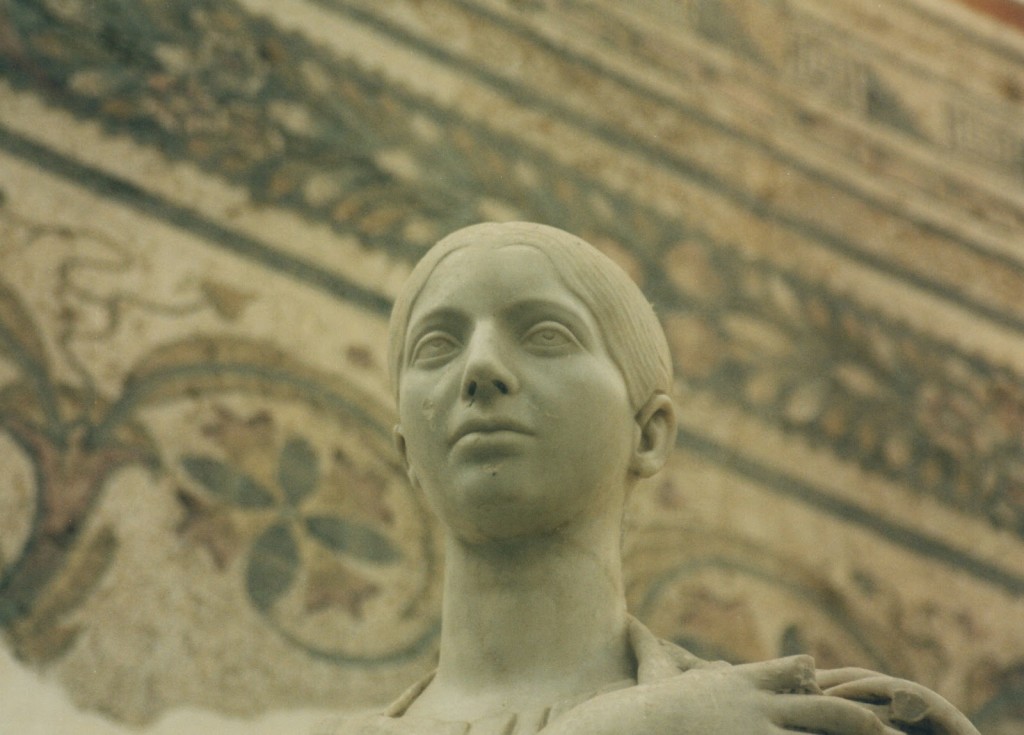
Statue and Mosaics at the Bardo Museum, Tunis
I met my first archaeologist at Carthage. He took a few minutes out of his day to show me what he was doing, explain the finds, and answer some of the crazy questions that my five year old self had in addition to those of my parents and a few others who went with us. I can still vividly recall his face and the patient way he’d smile and elaborate on life in Antiquity. I thought he had the coolest job. At that point I was hooked by the past and longed to explore it further. Who wouldn’t like a job that allowed you to play outside in the dirt and discover such wondrous things? It was like recess all of the time! Little did I know how hard that work is nor how meticulous an archaeologist or historian needs to be when excavating or developing the narrative of a people that lived long ago. I passed Roman ruins in the city every day on the bus ride to school and swimming lessons afterwards. We frequently took field trips to the remains of Roman sites and El Djem (a Roman amphitheater in the area). I would stare out the bus window daydreaming about what it would be like to sit in the stands watching men fight lions and each other. Would the crowd be loud? Would the men all wear decorated armor and carry swords on their sides? Did the women faint or cry from the gore or their favorite fighter dying? Needless to say, I had a very Hollywood vision of Roman life. The thirst to learn more about Roman North Africa and the mighty empire began in those years spent in Tunisia. It has been unquenchable since. After hitting my early thirties, I decided I needed to formalize my education in the fields I enjoyed so much and began the journey of becoming a trained historian and cultural heritage professional.
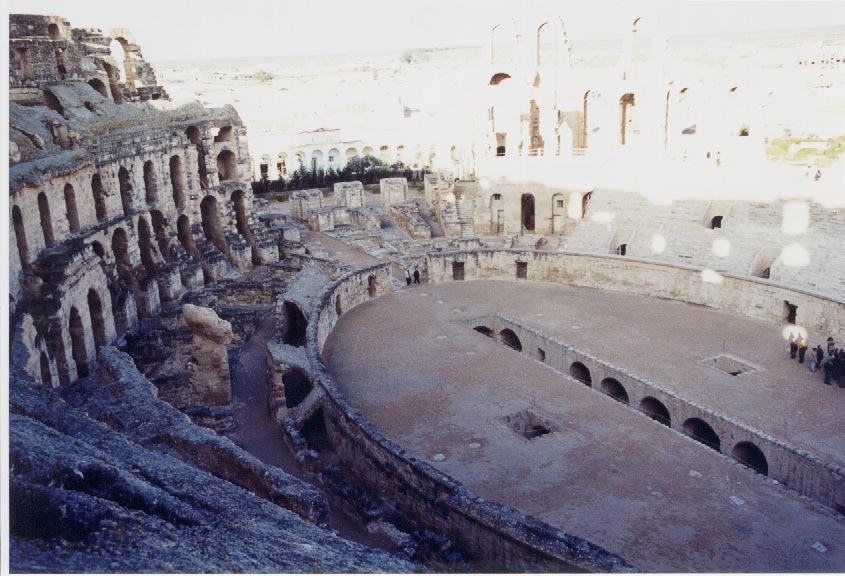
The Amphitheatre of El Djem (Roman Thusdrus)
An important piece of culture frequently taken for granted or overlooked by the average joe is food. Food history fascinates me. Studying food from both a commodities and cultural perspective gives us unique insight into a region, the development of trade, and social practices of various civilizations. Food is a fantastic historical subject if one is searching to form connections between the past and today. There are many dishes and drinks like wine, coffee, or tea that significantly shape a region economically, socially, and from an identity perspective. I subtly sprinkle traditional meals and beverages in any novel of mine you pick up. As my characters dine and move on their various adventures, dinners and drinks frequently reflect the location they are in. In my travels, you can routinely find me eating local dishes off the beaten path. My passion for food arose out of childhood trips to Tunisian vineyards, markets and cafes. My mother emphasized it was important that I tried everything on my plate anytime an invite came to go to someone’s house or we went somewhere new. I remember watching her learn to cook local meals along with a wide variety of Middle Eastern and French dishes due to the many nationalities that made up our circle of friends abroad. I am guilty of being drawn to any restaurant offering tagines, couscous, shwarema, and other North African delicacies. One of the first dishes I learned to cook as a child was a lamb, vegetable and couscous stew. It is definitely one of my go to comfort foods when I am feeling down. Fresh mint tea is a treat anytime of the year. Pomegranates, blood oranges, figs, almonds, and tangerines are some of my favorite snacks after discovering them in Tunisia.
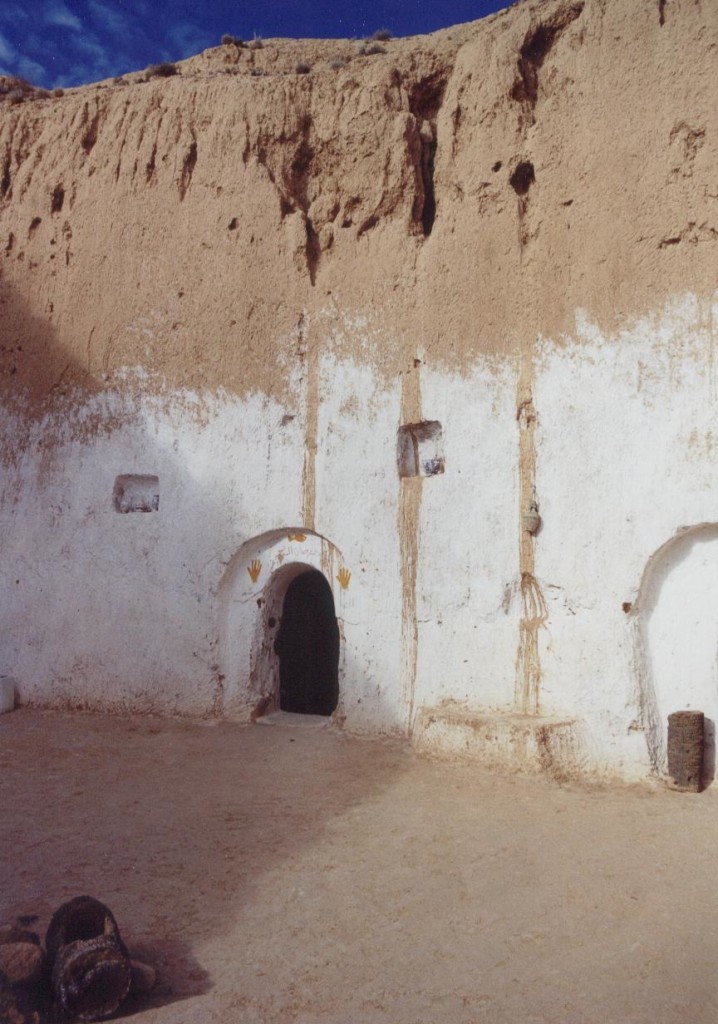
Troglodyte Dwelling – Matmata
My fiction writing contains more than just the gastronomical flavorings of North Africa. Locations like Dougga, Carthage, and Hippo appear in storylines. There is something incredibly romantic about the places bordering the Mediterranean that fuels my imagination. One particular event I attended stands out in my mind as the most captivating culturally in all of my Tunisian and Algeria adventures, The Douz Festival. The races, celebrations, and traditions one witnesses traveling to the Saharan extravaganza further reeled me into the world of the Bedouin and Berber. The Douz Festival is an annual celebration of the harvesting of the dates and the nomadic way of life. Many Arab, Bedouin, and Berber clans come together to compete in horse and camel racing, trick riding, and overall merriment. The festival was so different from any circus or fair I attended in the states. The excitement in the air each day was contagious. Camels moved faster than I thought they could in intense matches. My pulse raced watching Arabians decked out in traditional saddles and bridles fly down the desert track. My heart was stolen by one of the trick riders one night. He rode a black horse whose saddle and bridle were decorated in red, green, white and black plumes. I was transfixed in place watching him stand in the saddle as his horse cantered past along with performing other amazing feats. If there was such a thing as a knight or fearsome desert warrior, it certainly had to be him. When he finished his act, he rode over to my family and spoke with us. Allowing me to pet his horse and the smile he offered before riding off had me completely smitten with my first crush on a stranger. No doubt my parents would laugh if I told them for a few years afterward, I wanted to marry a desert prince with a black stallion. From that day forward, I wanted to learn to ride like him and the others we saw at the festival. My parents knew a riding instructor in the US and three years later I learned to ride and vault. Needless to say time reshapes our perspective on romance, but I have never forgotten my Tunisian Horseman. Phantoms of him, a love for horses, and the euphoria of desert life intermingle in a few of the tales I craft. All three of these left their lasting mark on me.

Douz Animal Market, Tunisia
Perhaps the two most precious gifts North Africa bestowed on me consist of language and a willingness to be open to new things. In school, it was mandatory we study French, Arabic and English. Not many American children receive the opportunity to start working with three languages in elementary school. By the time we left Tunisia, I had a fluency and working level well above my age in all three. It was strange to come stateside and not use the French or Arabic any longer. I periodically revive my French and Arabic as they do fade without use. My studies with them provided a foundation to learn Italian and Latin later on in college. One day I hope to add Greek, Berber (Tuareg or Tamazight), and Turkish to my list of languages.
Learning to interact with an international community, sampling a variety of cuisines, and seeing the various lifestyles from living in modern cities, Bedouin tents, or underground homes in Matmata (think Luke Skywalker’s house in Star Wars) helped me start to appreciate and embrace diversity at a young age. This exposure continues to help me approach topics and people from a more curious and open perspective versus a judgmental one. Undoubtedly, North Africa firmly rooted my willingness to try just about anything once.
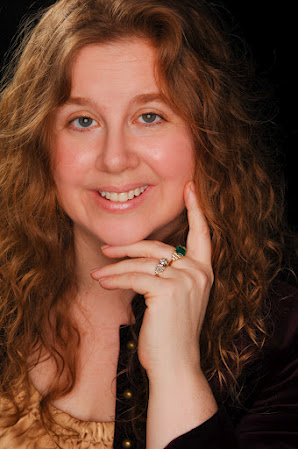 Caterina is passionate about history, music, romance, old languages, and travel. She regularly intertwines these subjects in her writing. She holds a degree in Music Management with a minor in Vocal Performance from Old Dominion University in Virginia and a second B.A. in History with a minor in Italian from the University of Texas San Antonio. Ever a glutton for punishment and a believer in life long learning, Caterina is completing a M.A. in Public History from Texas State University. She was fortunate enough to receive awards that enabled her to study abroad in Urbino, Italy and Chester, England. She took full advantage of these opportunities to explore Italy, Jersey, England, Scotland, and Wales; conducting boots on the ground research for her coursework and literary works. While she is a fan of all history, her heart resides in Antiquity. She enjoys studying time periods up through the Renaissance. Modern history is just not as fun as gladiators, emperors, caliphs, queens, knights and kings. An obsession with cappuccino and Greek coffee started her down a path of researching commodities and gastronomy history in her free time.
Caterina is passionate about history, music, romance, old languages, and travel. She regularly intertwines these subjects in her writing. She holds a degree in Music Management with a minor in Vocal Performance from Old Dominion University in Virginia and a second B.A. in History with a minor in Italian from the University of Texas San Antonio. Ever a glutton for punishment and a believer in life long learning, Caterina is completing a M.A. in Public History from Texas State University. She was fortunate enough to receive awards that enabled her to study abroad in Urbino, Italy and Chester, England. She took full advantage of these opportunities to explore Italy, Jersey, England, Scotland, and Wales; conducting boots on the ground research for her coursework and literary works. While she is a fan of all history, her heart resides in Antiquity. She enjoys studying time periods up through the Renaissance. Modern history is just not as fun as gladiators, emperors, caliphs, queens, knights and kings. An obsession with cappuccino and Greek coffee started her down a path of researching commodities and gastronomy history in her free time.
When not traveling or studying, Caterina finds time to sing classical music, act, write, paint and fence. She is always up for trying something new so the list of hobbies is ever expanding.
Caterina is a social media junkie who enjoys meeting new folks. If you would like to contact her or learn more about her and future works, you can find her on Twitter, Facebook, Instagram, and on her Blog.
A big ‘Thank You’ to Caterina for taking the time to write this wonderful post for us and, for myself, digging up all the great memories I have of my own visit to Tunisia and the Sahara. Don’t forget to connect with her so you can stay apprised of her historical research, and future travels.
Also, be sure to check out her novel, Mark of the Night, to see how her experiences have affected her fantastic storytelling!
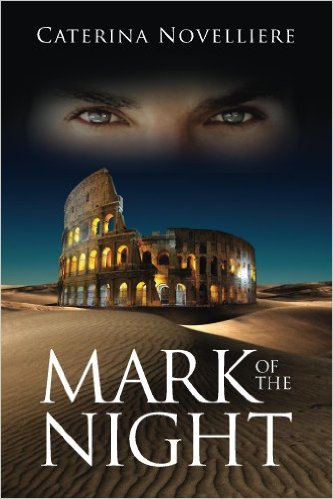
Cheers, and thank you for reading!

